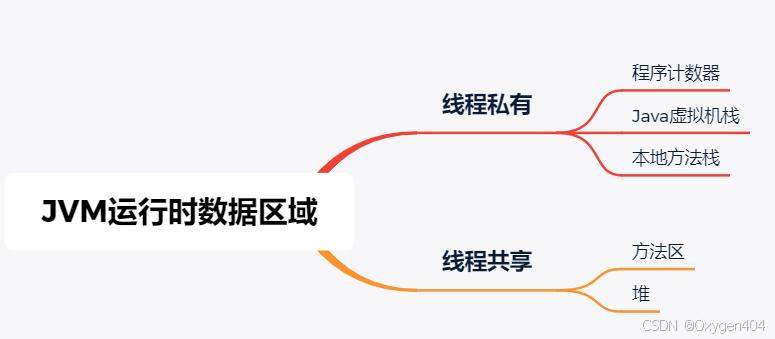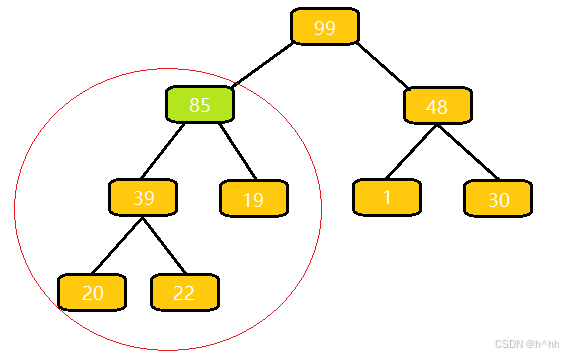目录
一. strcpy
代码演示:
二.strcat
代码演示:
一. strcpy
使⽤字符数组可以存放字符串,但是字符数组能否直接赋值呢?
⽐如:
char arr1[] = "abcdef";
char arr2[20] = {0};
arr2 = arr1;//这样这节赋值可以吗?
就⾏整型数组中,我们说的过⼀样,这⾥也是不⾏的。那么如何将arr1中的字符串,拷⻉到arr2中呢?
其实C/C++中有⼀个库函数叫strcpy,可以完成。
char * strcpy ( char * destination, const char * source );
//destination - 是⽬标空间的地址
//source - 是源头空间的地址
//需要的头⽂件 <cstring>
代码演示:
#include <cstdio>
#include <cstring>
1
2int main()
{char arr1[] = "abcdef";char arr2[20] = {0};strcpy(arr2, arr1);printf("%s\n", arr2); return 0;
}
二.strcat
有时候我们需要在⼀个字符的末尾再追加⼀个字符串,那字符数组能直接追加吗?⽐如: char arr1[20] = "hello "; char arr2[] = "world"; arr1 += arr2;//这样也是不⾏的 1 2 3 4 那怎么办呢?C/C++中有⼀个库函数叫strcat,可以完成。
char * strcat ( char * destination, const char * source );
//destination - 是⽬标空间的地址
//source - 是源头空间的地址
//需要的头⽂件<cstring>
代码演示:
#include <cstdio>
#include <cstring>
1
2int main()
{char arr1[20] = "hello ";char arr2[] = "world";strcat(arr1, arr2);printf("%s\n", arr1); return 0;
}
除了上⾯的两个字符串相关函数外,其实C/C++中还提供了⼀些其他的函数:
https://legacy.cplusplus.com/reference/cstring/


















